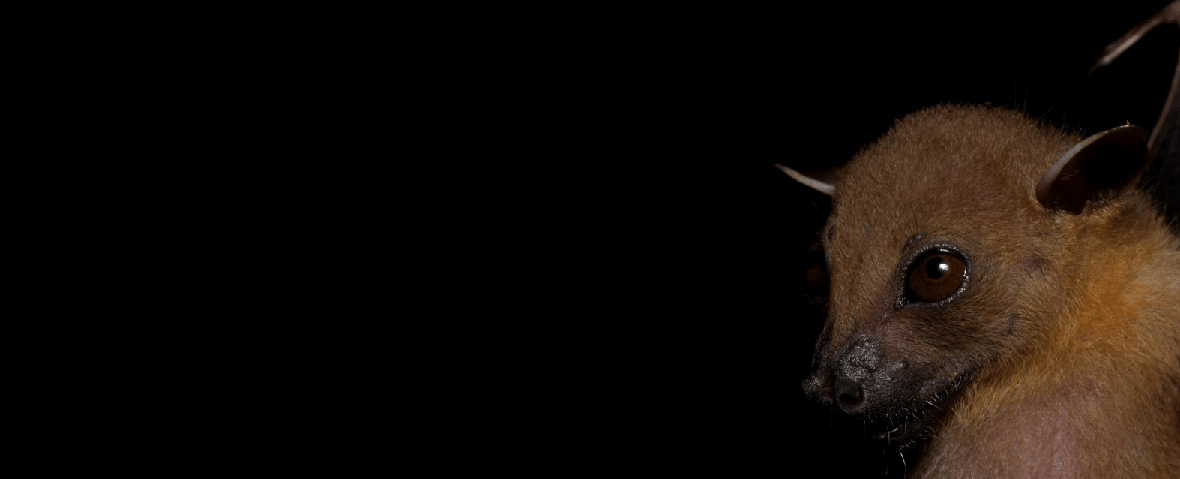
The lesser short-nosed fruit bat can be found in southern and southeastern Asia. They are among the smaller species of megabats. These bats tolerate a range of habitats such as lower montane forests, disturbed forests, tropical lowland rain forests, gardens, mangroves, and vegetation found on beaches. They face the threats of habitat loss and destruction at the hands of the agricultural and logging industries, but have a stable and abundant population, so they are listed as Least Concern by the IUCN.
First the Stats…
Scientific name: Cynopterus brachyotis
Weight: Up to 1.13 ounces
Length: Up to 5 inches
Wingspan: Up to 17.99 inches
Lifespan: Up to 30 years
Now on to the Facts!
1.) There are currently 9 subspecies of lesser short-nosed fruit bat.
2.) The closest relative of these bats is the greater short-nosed fruit bat, which is similar to the lesser short-nosed fruit bat, however has typically longer ears, a longer skull, and longer forearms.
3.) As their name suggests, they are frugivorous (eat fruit).
4.) They consume small fruits by sucking out their juices and soft pulp. They also dine on pollen and nectar.
5.) These bats like to roost in small groups in trees, under leaves, and inside caves.
But wait, there’s more on the lesser short-nosed fruit bat!
6.) A group of bats is called a camp, cloud, colony, or flock.
7.) Males will either roost alone or with camps of up to 4 females. Females typically roost in clouds of up to 20 individuals.
Did you know…?
Unlike insectivorous (eat insects) bats, these critters don’t utilize echolocation.
8.) Communication consists of acoustic, tactile, and visual stimuli.
9.) They find food via their acute sense of smell and vision.
10.) These fruit bats are nocturnal (active at night).
But wait, there’s still more on the lesser short-nosed fruit bat!
11.) The lesser short-nosed fruit bat is polygynous (1 male mates with multiple females).
12.) Mating season lasts year round.
Did you know…?
Males also have mammary glands and nurse the pup along with the female.
13.) Females undergo up to a 4 month gestation (pregnancy) that yields a single pup the first year of maturity and up to 2 each year after that.
14.) Weaning is complete in up to 8 weeks.
15.) Even though they are considered agricultural pests, due to the damage they cause to various fruits, these bats are important pollinators of avocados, bananas, dates, mangoes, and peaches, and these fruiting plants depend on the bats for seed dispersal.
16.) Owls, snakes, and boacats prey on these bats.
Now a Short Lesser Short-Nosed Fruit Bat Video!
Be sure to share & comment below! Also, check out the Critter Science YouTube channel. Videos added regularly!
Want to suggest a critter for me to write about? Let me know here.
Some source material acquired from: Wikipedia & IUCN
Photo credit: Research Gate



